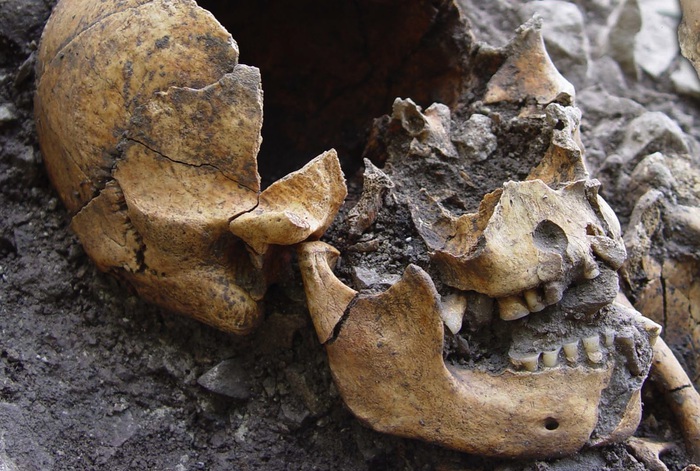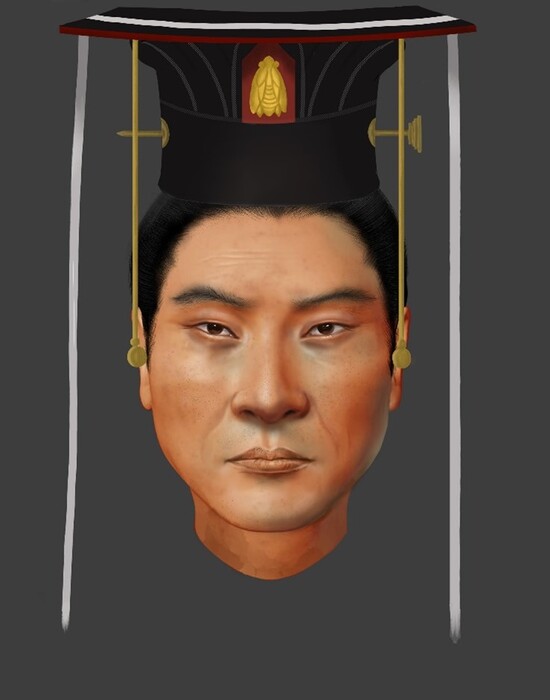The DNA imprisoned for millennia in Tartar has made it possible to reconstruct the origins of agriculture in Europe and the migratory flow of the
first farmers who, about 8,500 years ago, arrived from the Near East in the Balkans and in Italy. The research, published in the journal of the United States Academy of Sciences, Pnas, was conducted by the Sapienza University of Rome in collaboration with the University of Vienna, as part of the 'Hidden Foods' project funded by the European Research Council (Erc).
"Our analysis allowed us to identify in two samples of tartar of ancient hunters, found in the Vlasac site, in Serbia, some traces of plant DNA including birch, hazelnut and elderberry", observes the coordinator of the study Emanuela Cristiani, of the Department of Odontostomatological and Maxillofacial Sciences of Sapienza and scientific director of the Hidden Foods project. Previous studies, for example, had shown that birch resin was chewed to be then used as a glue to make tools. An activity like this could therefore having left a molecular trace in the tartar of the ancient hunter-gatherers.
The researchers thus analyzed the prehistoric tartar of 44 individuals from Italian and Balkan archaeological sites dating back to over 15,000 years ago and in this way they were able to compare the eating habits of the hunter-gatherer-fishermen of the Paleolithic and Mesolithic with those of the early farmers of the Neolithic period and the red thread was the species Anaerolineaceae bacterium oral taxon 439, which nestles in the mouth, and whose DNA has allowed to reconstruct the evolution of the oral bacterial flora of the ancient hunters and gatherers of the Paleolithic and Mesolithic and early groups of farmers who arrived from the Near East during the Neolithic, thus outlining the stages that marked the transition to agriculture in southern Europe.
Conducted in the Dante laboratory (Diet and ANcient TEchnology) of Sapienza, the analyzes on prehistoric teeth used "advanced techniques of DNA extraction and gene sequencing called Next-Generation Sequencing (NGS)", explains Claudio Ottoni, paleogeneticist and first author of the 'item. In this way it was "highlighted that the arrival of the first farmers only partially changed the composition of the oral flora of the ancient hunters. Nevertheless, this event was recorded in the human genome and in that of many species of animals that were by ancient farmers. Through the study of genetic variability and the phylogeographic analysis of a bacterial species that populates the oral cavity, Anaerolineaceae bacterium oral taxon 439,we were able to reconstruct the migratory flow of the first farmers who, about 8,500 years ago, moving from the Near East, arrived in the Balkans and in Italy ”.
The research carried out by the Sapienza group also indicates that "a deeper change in the composition of our bacterial flora - continues Ottoni - took place after the Neolithic", as data relating to the 18th and 19th centuries indicate until today. "Specifically - he concludes - our results have highlighted how the functional activity of modern human oral flora has changed following the massive use of antibiotics since the 1940s, a use that has led to the onset of mechanisms of resistance to antibiotics previously absent in prehistoric samples ".









